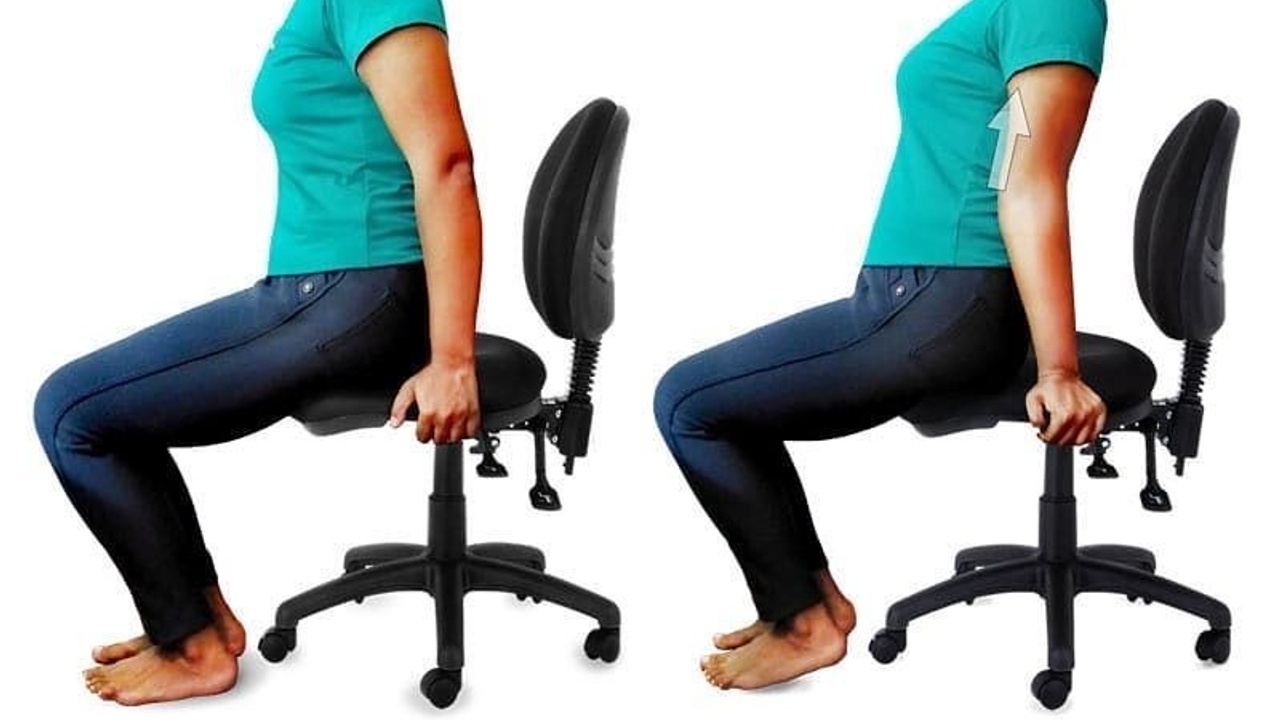
SPINAL DECOMPRESSION: PART 1
Nov 23, 2021Did you know that gravity causes your spine to compress by about fifteen percent during the day?
Did you also know that sitting is notably more compressive for your vertebral column than standing or reclining?
This is generally good to know, but what can you do about it??
Besides getting up and moving around often, there is another option and if you've been following me on Instagram you've seen me post many times on the topic of decompression (also called traction and/or distraction).
My friend and colleague in British Columbia, Dr. Jerome Fryer, has conducted an interesting pilot study which demonstrates that brief anti-gravity spinal decompression techniques can be an important addition to your daily spine hygiene toolkit.
Dr. Fryer's pilot study looked at vertebral height:
- After sitting for fifteen minutes
- After doing his Chair Care technique, also known as the Dynamic Seated Exercise
Dr. Fryer’s study demonstrated that several rounds of SEATED DECOMPRESSION can re-plump your discs!
THE CONCLUSION
"seated height decreased by 6.9mm after 15 minutes of sitting and increased by 5.7 mm after the exercise”
But wait, it gets better!
In 2020, the Indian Journal of Physiotherapy & Occupational Therapy posted a follow-up study comparing Dr. Fryer's Dynamic Seated Exercise (fig 1) to the well-known McKenzie Prone Press-Up (fig 2).
THE CONCLUSION
“6 weeks of dynamic sitting exercise is found to be more effective than spinal extension exercise in adults with mechanical low back pain"
HOW TO DO IT
If/when you try the Dynamic Seated Exercise, go in slowly: Press down on your seat, straighten your arms and allow your shoulders to elevate. Come back out of the traction position slowly. A single round should take about 5-10 seconds.
- and remember... "more is not always better"
xo Dinneen
This article is for informational purposes only. These exercises may not be appropriate for spondylolisthesis and other spine conditions. Check with your medical provider before beginning any new exercise program.

